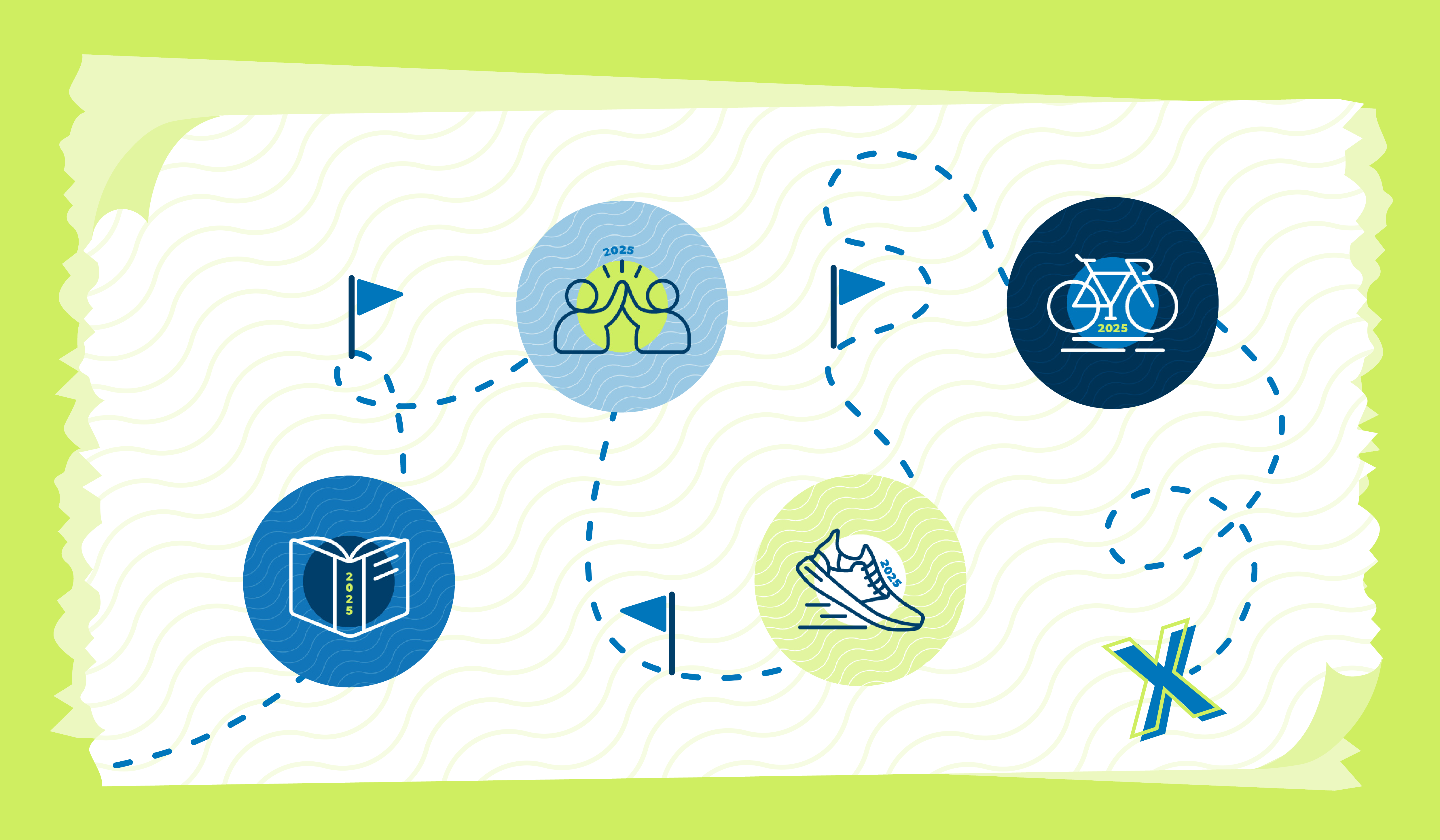
Three Ways IT Communicators Make Change Stick
The 2020 pandemic has taught us many things but if I had to pick one, it would be the importance of adapting to change.

Both the public and private sectors were poised to turn on a dime and adapt to widespread office and business closures. They successfully closed their offices and storefronts and still conducted business, driving products and services for their customers and clients, right? WRONG.
While we were not able to anticipate the personal and professional changes 2020 brought into our lives, our ability to learn from our resiliency and capability to adapt to change, or the lack thereof, reminded me of common issues faced in the information technology (IT) sector.
In IT, we are constantly met with new iterations of services, upgrades to applications, and the sunset of products that may not have ever been broken. These changes happen all the time and sometimes (keyword) they occur so seamlessly we may not even know they are happening.
However, when larger and more complex migrations and changes happen, they begin to creep in and affect our work and productivity. This is when we need to pause and reflect to think, “Could we have done this better?”
I have experience helping federal government clients successfully implement complex change initiatives, by strategically communicating the end goal to affected stakeholders.
Imagine if you could get ahead of a major change, say a migration to the Microsoft Teams (MS Teams) suite and sunsetting of the Skype for Business application. How would you do it? Would you simply discontinue use of Skype and video call and chat your co-workers on MS Teams instead? While this seems like a logical option, you are posturing yourself and your organization for a few months, if not years, of miscommunication, frustrated stakeholders, and a potential loss in business.
1. Develop a plan for the change to make it stick.
Changes in the IT world can be costly and doing it wrong can cause even more of a headache. Your stakeholders need to know what the change is, why the change is happening, and what the consequences are for not adapting to the change. These questions must be translated into “What is in it for me?” statements for all of those impacted by the change.
Oh, and by the way, telling them once probably is not going to resonate with them. A series of targeted upcoming messages before the implementation, information about the changes during the event, and reinforcing messaging after the shift are needed to support your team during waves of adjustment.
Even after all these things are successfully communicated, it does not mean your work to navigate the change is done. The challenge is to not only rethink how we share information before, during, and after the change event, but also how we contribute to making the change stick.
2. Making change happen is an ongoing activity, not a one-size-fits-all event.
Your awareness campaign for the change is only the beginning of empowering people to make it stick. Planning for moments in this journey can highlight your successes and potential mishaps (which you CAN learn from with targeted analysis), share additional features, and unite your change with your global strategy.
3. Allowing your teams to be engaged rather than overwhelmed will reduce their resistance and change fatigue.
By planning to make the change stick you are setting your team up for success, allowing them to communicate and receive transparent information, which supports them in letting go of old habits to embrace something new.



